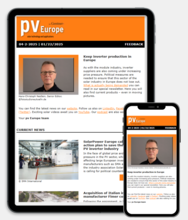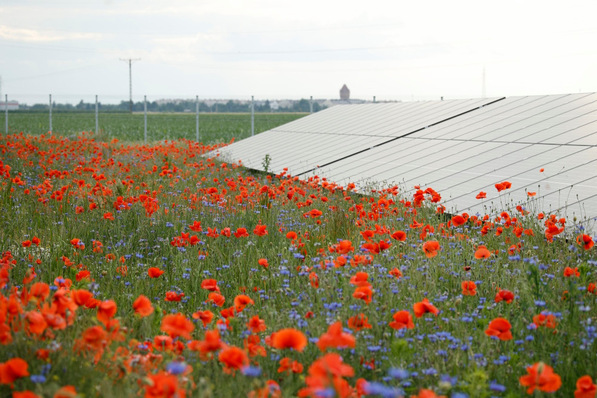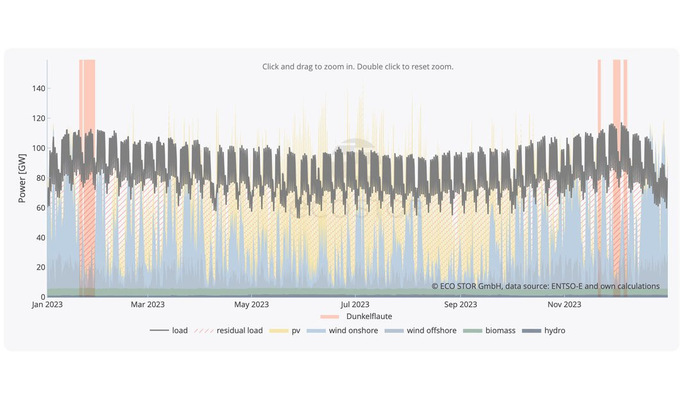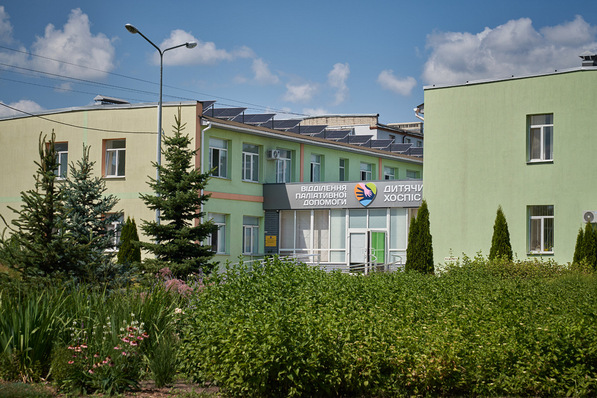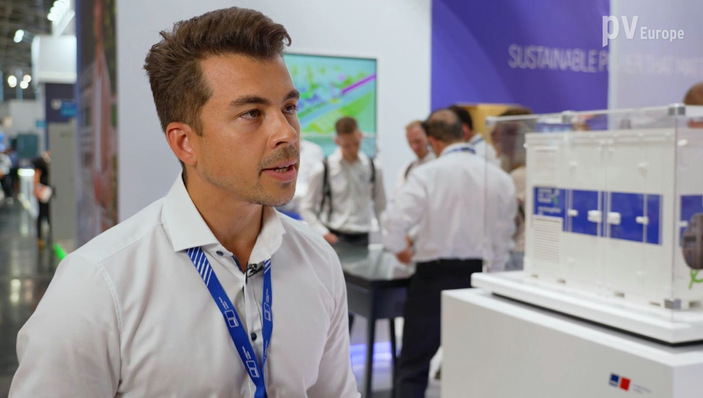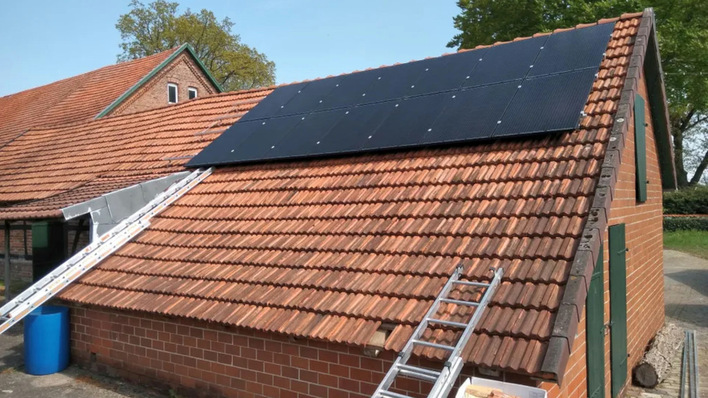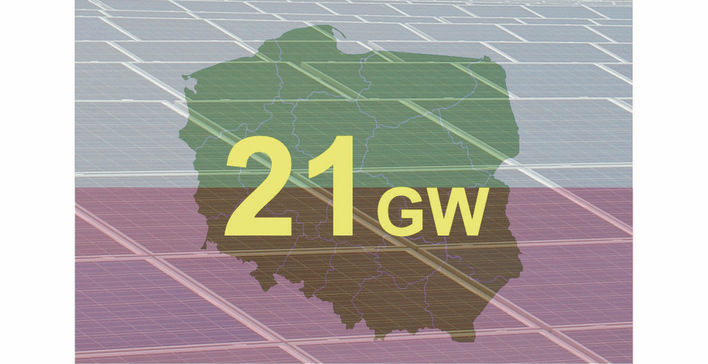Price pressure leads savings to be made in the wrong area, such as on glass panes, frames, screws or clamps. At this year's Solar Energy Conference, TÜV Rheinland was host to around 160 experts, who also paid a visit to their headquarters in Cologne. One of the main takeaways was that the quality issues in our industry have not diminished over the years. While some difficulties seem to have been overcome, new challenges have arisen in their place.
Market launch of perovskite-silicon tandem solar cells expected in the near future
As the sector has matured, much of the testing has been expanded and tightened up. “Some modules pass the new tests immediately,” says Eckart Janknecht, expert on module testing at TÜV. “The number of failed inspections of production-fresh modules is definitely a cause for concern.”
Modules arriving defective from the factory
This means that modules have not subjected to sufficiently rigorous stress testing. “We often see that nominal performance is not achieved,” says Roman Alexander Brück, head of the PV component testing department. “Performance is between half and one percent lower. For a 650 watt module, that’s a full 6.5 watts.”
UK: Trinasolar starts deliveries for integrated project
The reason for this is the enormous and ongoing price pressure that forces manufacturers to push production materials and machines to the limits. It is not unheard of for a delivery to include entirely non-functioning or undersized modules. “One such example is aluminium frames,” says Hamza Maaroufi, who regularly visits and assesses the condition of solar parks on behalf of TÜV Rheinland. “Modern modules are slimmed down to the extent that very large and heavy modules bend under their own weight.”
Perovskites will enable new applications for photovoltaics
Inadequate screws and clamps
As well as thin frames, long-time photovoltaic specialist Wilhelm Vaaßen bemoans the phenomenon of overly thin glass. “What’s more, the chosen screws and clamps are far too small,” he says. “Such components should be able to carry twice as much weight.”
He recommends that investors test the modules with the respective clamps and screws before final. “For the risk that it eliminates, this is not a huge investment,” he says. “Damage further down the road is generally much more expensive.”
Fraunhofer ISE: Solar module output often overstated
Even in tracking systems, the most important materials are often too weak. The latest modules for solar parks measure 2.50 metres by 1.30 metres and have an output of up to 700 watts. "If the support profile only spans 40 centimetres or so, it simply won’t work," warns Vaaßen.
Thin panes break quickly
Yet another issue is extremely thin glass panes. Some module manufacturers have reduced the thickness of their glass to 1.6 millimetres. "Two panes of two millimetres thickness is standard on larger modules," reports Maaroufi. “Even at this depth, we see breaks in the field due to the bending of heavier modules.” At the end of the day, two times 1.6 millimetres (for the front glass and rear panes) is insufficient for modules for large-scale projects.
With every new facility, the industry picks up new ideas The last major liability case related to brittle backsheets on modules manufactured between 2010 and 2012. At the time, high-quality films were in short supply, leading some manufacturers to switch to polyamide. Ten years later, the foils of backsheets were brittle and chalked, by which time many gigawatts of solar power had been lost Cracks formed, rendering the modules unusable.
Sharp exits solar business in Europe
Foils require their own certification
In the meantime, the certifiers have learned from their experiences of the “film epidemic”. The new IEC 62788-2-1:2023 has been in force since September 2023. This defines strict safety requirements for the films used in solar modules as front and back sheets. “The manufacturers of films are not yet aware of this standard, which is actually mandatory,” says Roman Alexander Brueck. “If the film is not certified, the module will also not receive certification from us.”
Developing a tandem solar module with over 25 per cent efficiency
Test expert Eckart Janknecht recommends that manufacturers contact the TÜV at an early stage. New films that receive certification may require adjustments in the course of module production, including preliminary tests during development.
Jinko Solar reaches 300 GW milestone of PV module delivery
TÜV Rheinland has actively contributed its expertise in the solar industry for four decades. Worldwide, around a thousand experts are hard at work to minimise the technical risks posed by large-scale solar generation.
Europe's largest test laboratory for solar modules, components, inverters and now also battery storage is situated in Cologne. There are also laboratories in Bangalore (India), Shanghai (China), Taichung (Taiwan) and Pleasanton (USA). (TF)
Solitek Enhances Hail Resistance Certification for Its Modules
Read more:


